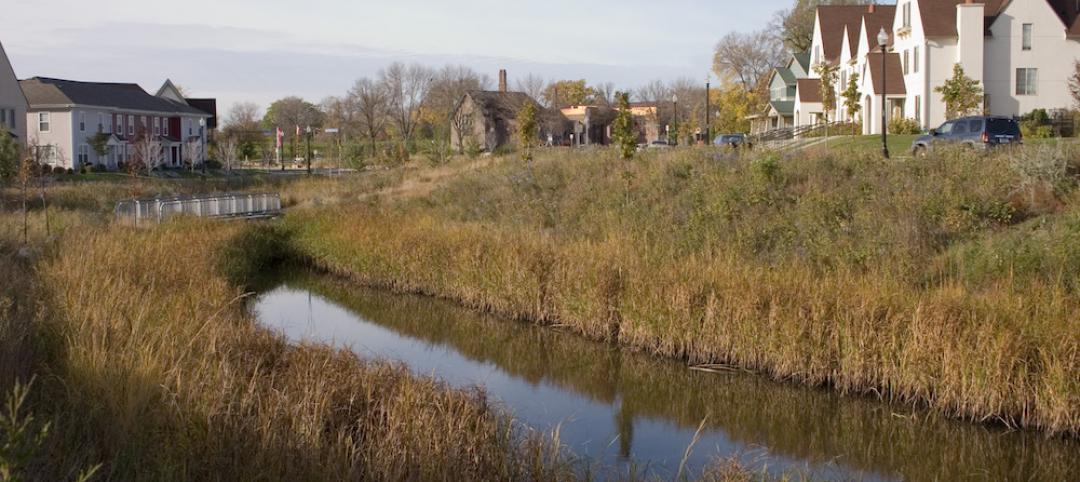Simulations of mass evacuations of buildings are inadequate, according to two European researchers, and resulting designs put occupants at risk.
Modern safety engineering aims to make it so occupants can exit a structure during a fire or other disaster before it collapses. But variables complicate egress simulations that influence codes and designs. “It depends on the building and the escape routes, but crucially also on how people behave,” the researchers write.
“The problem is that the simulations aren't good enough – that's what we have learned from detailed behavioral studies based on recent fires and terrorist attacks including 9/11 and the Mont Blanc tunnel fire of 1999 in which 41 people died,” they say.
Evacuees decide whether and when to start moving, in which direction, whether to respond to other evacuees, and which exit to use. “Each choice also depends on how various factors interact with one another. Is the decision maker bold or risk-averse? Is there smoke in the room? How far away are the exits? And of most interest for our research purposes, what are the other evacuees doing?”
“Herding” behavior, when large groups follow the crowd, is typically discouraged in designs; but safer alternatives may derive from understanding and possibly exploiting this tendency.
Related Stories
Codes and Standards | May 25, 2016
LEED Dynamic is worth the effort, says commercial real estate executive
San Diego office tower is California’s first office building to receive LEED Dynamic plaque in recertification.
Codes and Standards | May 24, 2016
Ontario planning to spend $7 billion on wide-ranging climate change plan
Includes financial incentives to retrofit buildings.
Codes and Standards | May 23, 2016
Facility managers say Internet of Things, analytics will impact maintenance soon
More reliable data needed for optimal results from the technology.
Codes and Standards | May 20, 2016
Industry leaders call for wider use of bamboo as a building material
Benefits include seismic resiliency and sustainability.
Codes and Standards | May 19, 2016
Asphalt roofing group publishes updated shingle installation guide
Technical manual provides best practices for roofing professionals.
Codes and Standards | May 16, 2016
EPA proposes new stormwater discharge regulations for construction sites
Would apply to sites of one or more acres.
Roofing | May 16, 2016
New guide focused on increasing energy and structural performance with raised-heel trusses
Higher trusses simplify attic ventilation, leave more space for insulation.
Codes and Standards | May 11, 2016
Current California seismic codes provide safety, resiliency, but needed upgrades present challenge
Los Angeles requires seismic retrofits, but other cities do not.
Codes and Standards | May 10, 2016
Apple spars with Cupertino, Calif., mayor over strained city infrastructure
Apple’s new ‘spaceship’ campus project prompts questions about whether the company should pay more to offset traffic woes.
Codes and Standards | May 9, 2016
Safety Stand-Down yields proposals to boost construction safety
One example: Gilbane encourages safety harnesses for all working above 6 feet.

















